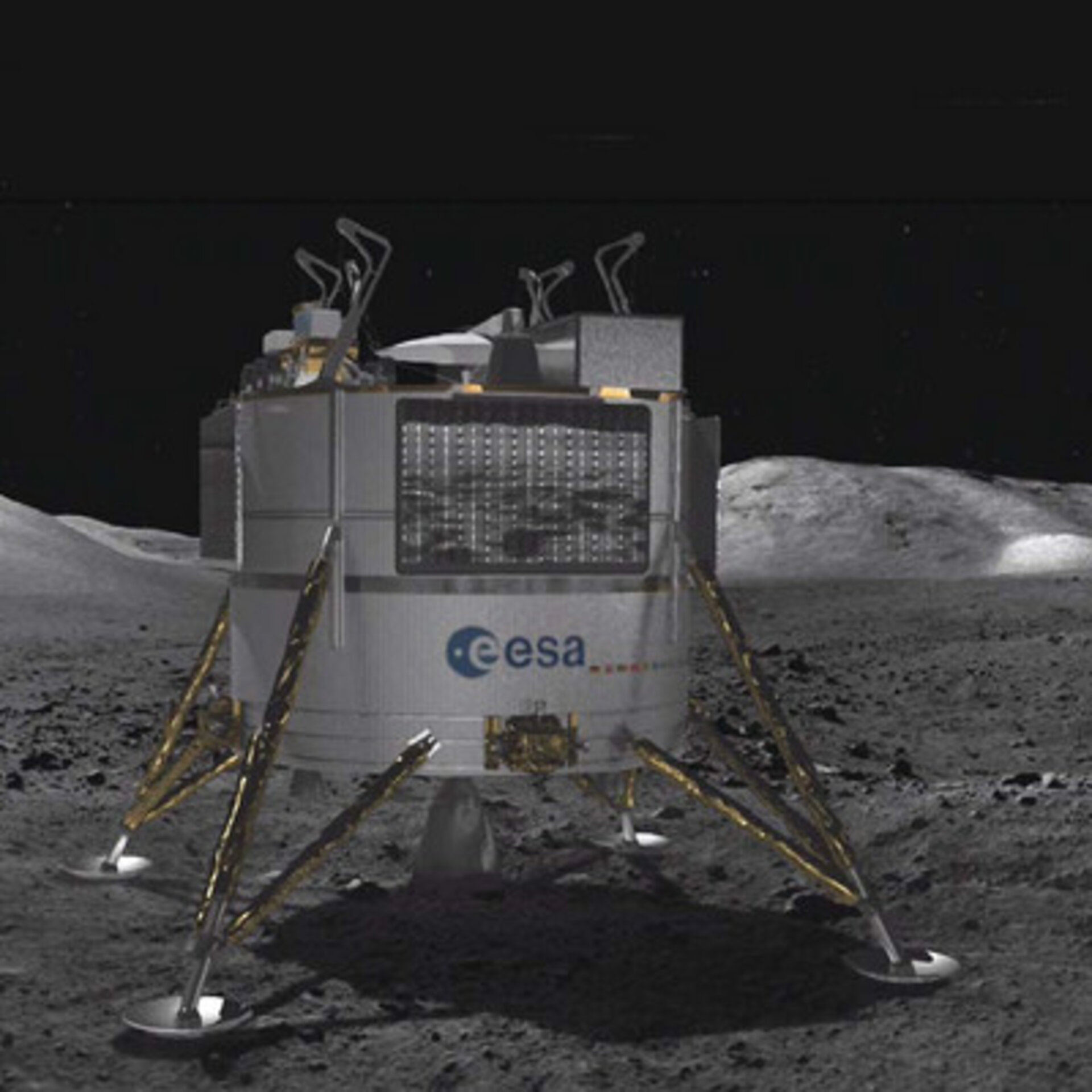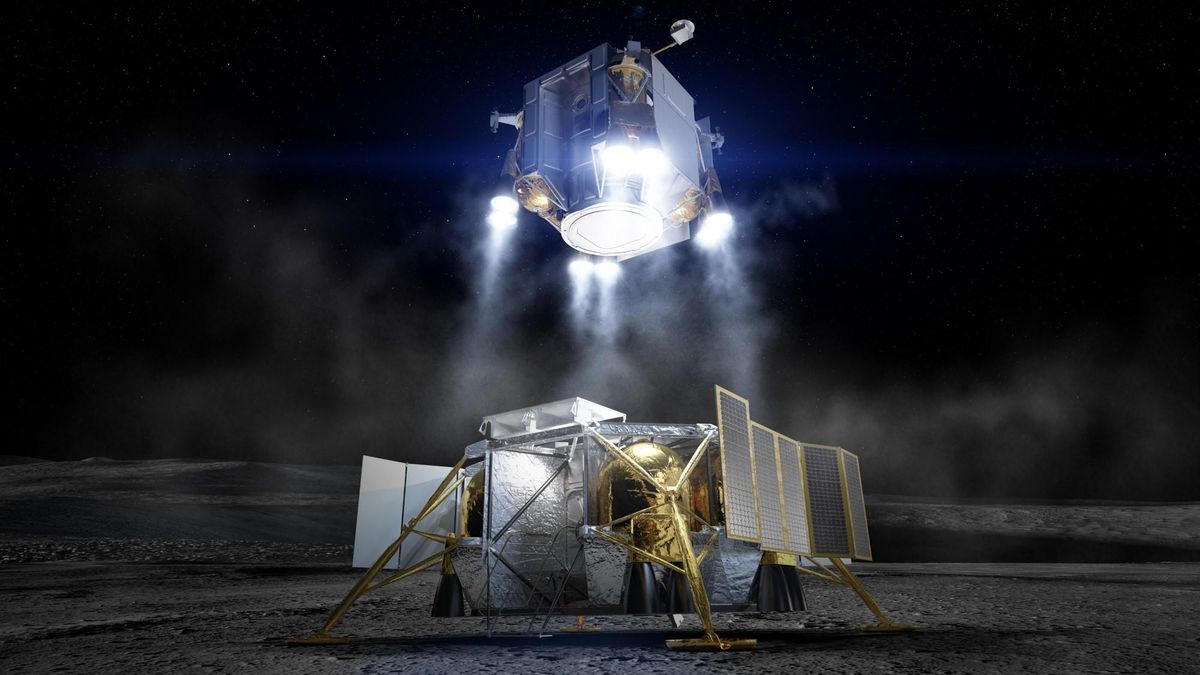

Lunar lander series#
It serves as the central location for development of ispace’s Series 2 lander, as well as the central location for operations in North America. The office, which opened in late 2020, has more than 40 employees and is rapidly growing. GA-EMS’ history of research, development, and technology innovation has led to an expanding portfolio of specialized products and integrated system solutions supporting aviation, space systems and satellites, missile defense, power and energy, and processing and monitoring applications for critical defense, industrial and commercial customers worldwide.

General Atomics Electromagnetic Systems (GA-EMS) Group is a global leader in the research, design and manufacture of first-of-a-kind electromagnetic and electric power generation systems. We provide unbiased assessments of technology or systems designed or recommended by other organizations-custom designed, as well as commercial-off-the-shelf.Ībout General Atomics Electromagnetic Systems We provide engineering solutions directly to government, industry and academia work on teams as prime contractor or subcontractor and participate as a collaborator in consortia. As a nonprofit engineering innovation company, Draper focuses on the design, development and deployment of advanced technological solutions for the world’s most challenging and important problems.

Whether formulating a concept and developing each component to achieve a field-ready prototype or combining existing technologies in new ways, Draper engineers apply multidisciplinary approaches that deliver new capabilities to customers. Advanced Space will support the team in the mission planning and operations of the satellites.ĬP-12 will make possible the kind of geophysical observations from the surface of the Moon that have consistently remained a high priority among the lunar community.Īt Draper, we believe exciting things happen when new capabilities are imagined and created. To fulfill this need, Team Draper will deploy two relay satellites, built by Blue Canyon Technologies, in the cislunar orbit before the lunar landing. The CP-12 flight will deliver three payloads of scientific equipment to measure the Moon’s seismic and thermomechanical activity, and capture details about the magnetic field, electrical activity, heat flow and surface weathering.Īs a result of the far side landing, the lander and payloads will require a communications relay capability to communicate with Mission Control Center on Earth. The basin is one of a few locations on the Moon that shows evidence of geologically recent volcanic activity, including lava flows and eruptions from vents. Schrödinger basin is a large impact crater near the lunar South Pole. Systima Technologies, a division of Karman Space & Defense, will lead lander manufacturing and assembly, integration and test.(ispace US) will serve as the design agent, leveraging use of their made-in-the-USA SERIES-2 lander. General Atomics Electromagnetic Systems will perform payload integration and test.Draper, as prime contractor, will provide the descent guidance, navigation and control system for the lunar lander, and overall program management, systems engineering, integration and test, and mission and quality assurance.preeminence in the commercialization of cislunar space,” said Draper’s principal director of civil and commercial space systems, Pete Paceley.Įach Draper Team partner brings industry-leading solutions: With our heritage in space exploration, originating with the Apollo Program, and our deep roots and broad technology presence in the space sector, Draper is poised to ensure U.S. “Draper and its teammates are honored to be selected by NASA to deliver these important payloads to the lunar surface, paving the way for human and robotic exploration missions to follow. Team Draper will deliver the payloads in 2025 in fulfillment of Commercial Lunar Payload Services ( CLPS) task order CP-12, managed by NASA’s Science Mission Directorate. Team and Systima Technologies, a division of Karman Space & Defense. Schrödinger basin is on the far side of the Moon-a first for NASA.ĭraper, as prime contractor, will lead a team that brings extensive and highly relevant experience in space, with partners that include General Atomics Electromagnetic Systems, ispace technologies U.S. CAMBRIDGE, MA-Draper, a company with a heritage in space exploration from the earliest stages of Apollo to the most recent Artemis awards, announced that NASA has awarded Draper $73 million to deliver a suite of three NASA-sponsored science payloads to the Schrödinger basin on the lunar surface.


 0 kommentar(er)
0 kommentar(er)
